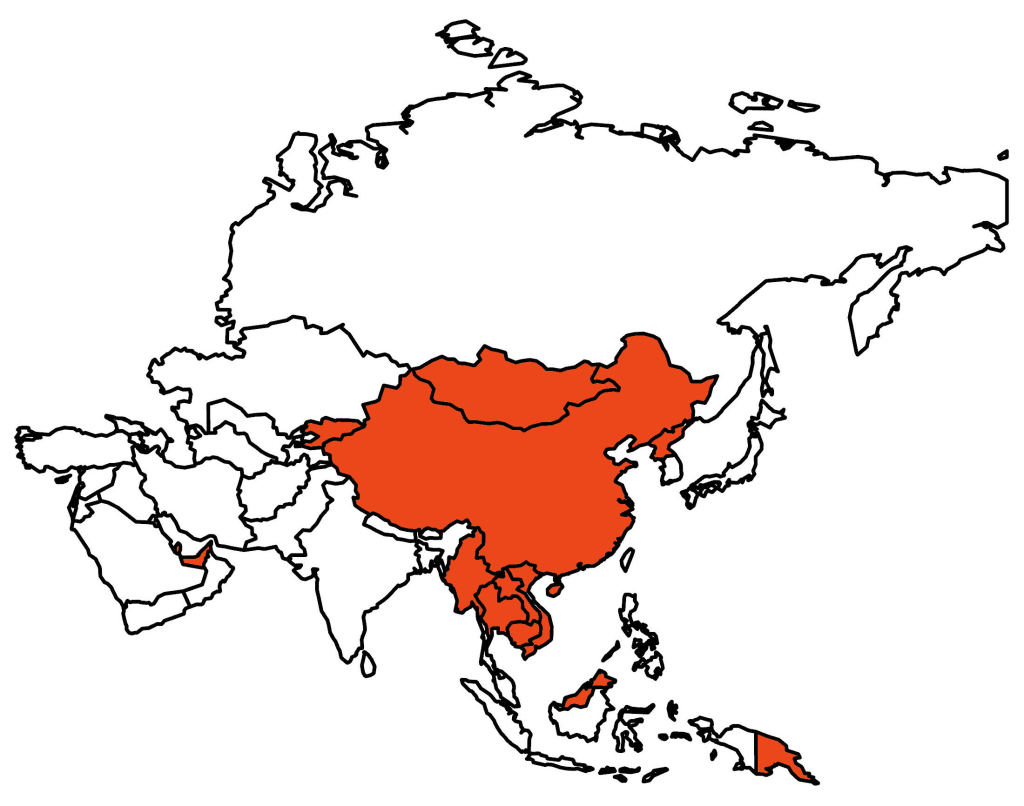China in 2034 at the start of the game.

The Chinese state has emerged as a formidable force, boasting the largest economy and population in the world. Under the steadfast leadership of Xi, the ruling Communist Party has wielded significant influence, shaping the nation’s trajectory. Nevertheless, the loyalty of the younger generation towards the Party has experienced a gradual decline, prompting a strategic shift in Chinese internal policy.
Resolute in its objectives, China has refrained from resorting to military force beyond the boundaries it has outlined. Instead, it has harnessed its economic prowess, employing a cunning blend of economic coercion and the allure of its vast market to draw countries into its orbit. As a result, China’s influence has extended far beyond its borders, fostering strong alliances with the African and Middle Eastern Unions, which have become pivotal trading partners and major export markets for China.
Within its borders, the Chinese state has masterfully maintained control over its massive market, diligently enforcing policies to regulate information and social behavior, ensuring stability and order. Leveraging advanced AI software, it has closely monitored its citizenry, employing social media apps and video games to keep a firm grip on social order under the guise of technological progress.
The People’s Liberation Army (PLA), officially designated as the unified Chinese military command, stands as a formidable pillar of the state. Comprising the Army, Air Force, Naval, Strategic Forces, and Support Force, the PLA diligently upholds the policies and political goals of the Communist Party. An intriguing hybrid of Russian and Western support structures sets the PLA apart, with the Strategic Forces reflecting remnants of Soviet-style rocket doctrine, functioning independently from the military chain of command. This separation ensures reliable funding for the force while also preserving its autonomy.
The Support Force, on the other hand, adopts a more conventional Western military structure, focusing on cyber, electronic signals, and data sharing among other forces. It operates beyond the traditional battlespace, empowering Chinese military planners with capabilities parallel to those of the US and European militaries, enabling sustained operations and support for combat forces across a wide range of combat scenarios.
As China navigates the intricate web of international relations, it faces primary rivals in SATO the South Asian Treaty Organization which was formed specifically to deter China’s military threats, the United States as its only peer competitor, and to some extent Russia shares a massive land border with it. The Chinese state has many issues at the forefront of its agenda that have significant implications, not only for China itself but for the broader geopolitical landscape. Taiwan, India, the South China Sea, North Korea, and roiling Muslim insurgency are all challenges for the leadership of China.